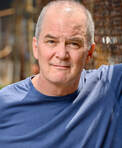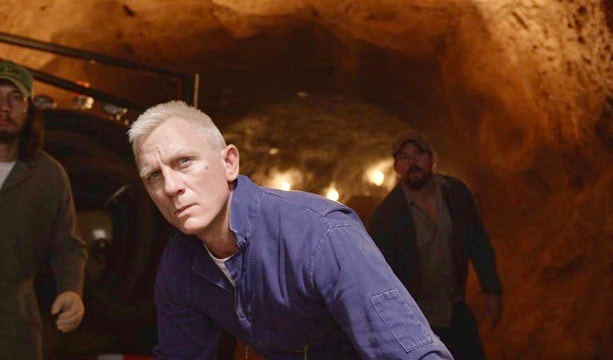DialectsCoach.com
John Rustan, PhD
707-536-6276
[email protected]
Accent Reduction (American Accent)
You have a desire to reduce your native accent and learn the General American Accent:
We work to:
- For business reasons
- To broaden your casting possibilities for acting.
- For your own personal reasons.
We work to:
- Diagnose your current accent.
- Note particular sounds or issues you need to work on.
- Cover all aspects of the General American accent.
- Customize lessons and drills based on your needs and goals.
- Provide targeted written materials and audio files for practice.
- Give you personalized coaching and feedback.
To schedule a FREE 1/2-hour phone or Zoom consultation about the lesson(s), email me at [email protected].
Many famous actors have learned an American Accent for work in films and theatre:
Daniel Craig, Florence Pugh, Margot Robbie, Colin Farrell, Christian Bale, Nicole Kidman, Toni Collette, Rosamund Pike, James McAvoy, Kate Winslet, and many more.
Daniel Craig, Florence Pugh, Margot Robbie, Colin Farrell, Christian Bale, Nicole Kidman, Toni Collette, Rosamund Pike, James McAvoy, Kate Winslet, and many more.
|
British Accent Reduction
Honor Blackman, "memorable James Bond adversary," when given a choice, by her father, chose lessons to reduce her Cockney dialect over a brand new bicycle. |



